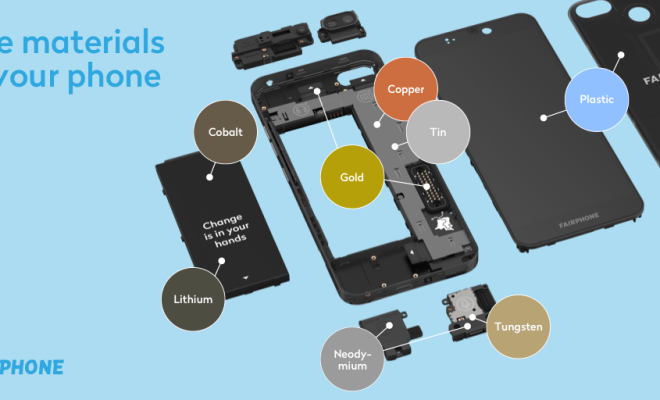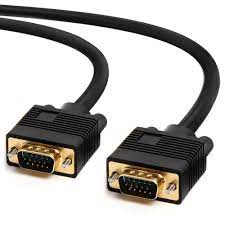What Materials Are Used to Make Cell Phones?

Cell phones are ubiquitous in our lives today. They provide us with an amazing range of features and functions, from voice communication and texting to internet browsing, GPS navigation, and high-quality photography. Yet, despite their wondrous abilities, many of us know little about how they are made, and what materials go into their construction. In this article, we take a closer look at the materials used to make cell phones.
1. Metals
Metals are a key component in the construction of most phones. The most commonly used metals are aluminum, magnesium, and titanium. Aluminum is lightweight, durable, and easily machined, making it an ideal choice for phone frames and cases. Magnesium is even lighter than aluminum, and is often used in the construction of internal parts, such as the battery casing. Titanium is one of the strongest and most durable metals, and is used in tougher, more hard-wearing phones.
2. Glass
The display screens of most cell phones are made from a type of glass known as Gorilla Glass. This glass is highly scratch resistant and can withstand high levels of impact. It is also chemically strengthened to provide greater durability.
3. Plastics
Plastics are an important component in many cell phones, and are used for a variety of purposes including casing, buttons, and screens. The type of plastic used in cell phone construction is usually polycarbonate, which is highly durable and resistant to impact.
4. Batteries
The batteries used in cell phones are usually made from lithium-ion, a type of rechargeable battery that is highly efficient and capable of holding a large amount of power in a compact, lightweight package. Lithium-ion batteries also have a long lifespan, making them a good choice for use in cell phones.
5. Other materials
In addition to the materials listed above, cell phones also contain a range of other materials, including copper, gold, silver, and various kinds of electronic components. Copper is used in the wiring and circuitry of the phone, while gold and silver are used in connectors and other electronic components.






